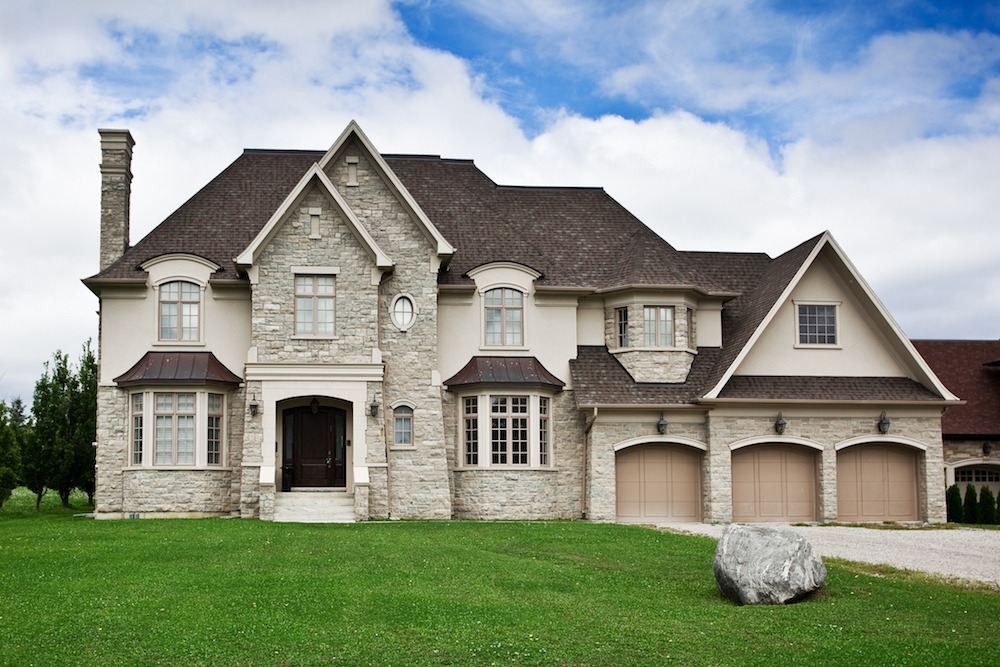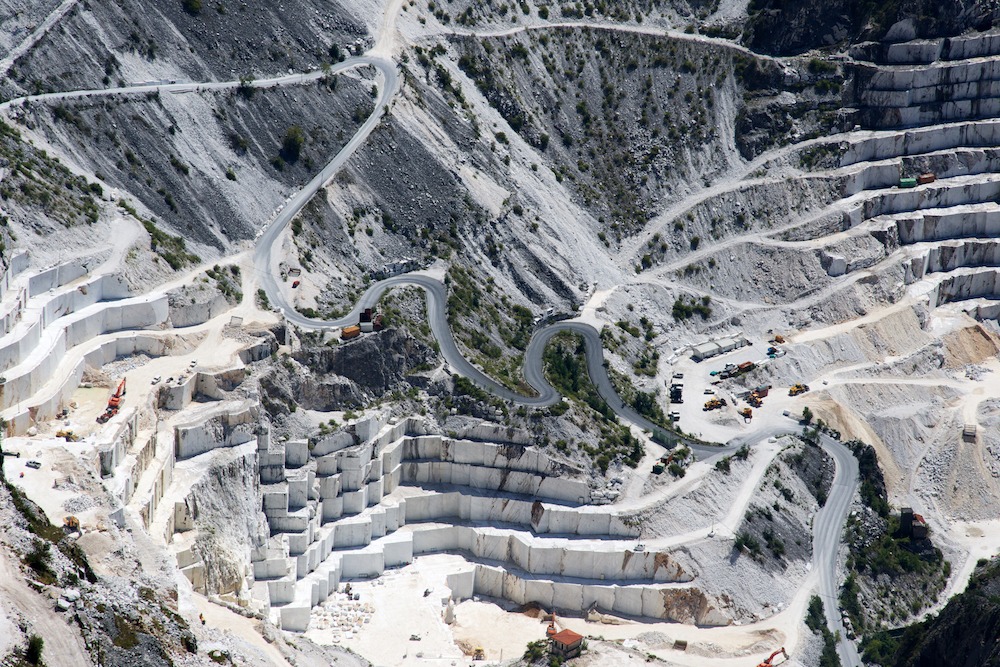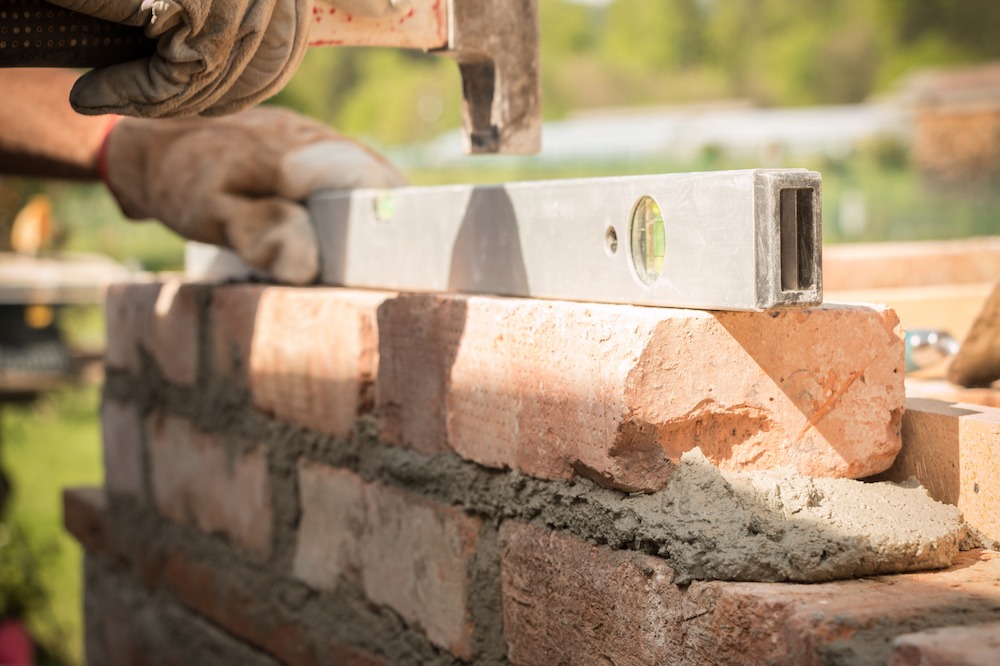Words: Joanne M. Anderson
Photos: Image By SmartHouseColony
A discussion of sustainable anything needs to begin with defining “sustainable”. The dictionary definition from Merriam-Webster works well:
“…of, relating to, or being a method of harvesting or using a resource
so that the resource is not depleted or permanently damaged”
In the building industry, this can quickly connect to wood, stone, concrete, bamboo, brick and blends that add -crete to denote a “concrete-like substance” like timbercrete, ashcrete and grasscrete. So, the idea is to use construction materials that can regenerate themselves at the same pace as the usage or incorporate some recycled, organic or other matter into a building product. It also connotes a durability of the material itself, so that it does not require replacing quickly, and this is where stone, rock, brick and concrete shine. One only needs to view stone structures like castles, walls and churches in Scotland, Italy, Greece and China, not to mention stone walls constructed in 17th century America, to grasp the durability and longevity of stone and brick.
Sustainability is also a consideration in quarry and production operations from the standpoint of responsible management of the materials and the environment. Quarries in particular alter the local ecosystems and topography, which can subsequently impact a variety of things in the natural world, however, running out of rock is not likely. According to Alan Gensamer, a consulting geologist, “a quarry will operate as long as it is economically viable. Variables such as supply and demand, rock stability, depth, water influx and rock quality may cause a quarry to shut down. I recently visited a quarry in Pennsylvania that was opened in the early 1800s and only shut down in 1972 because of the flooding caused by tropical storm Alicia. Many abandoned quarries become ponds or lakes and can provide future recreational areas for boating, fishing, etc. Unlike strip mining for coal or ore, quarries have little or no waste material that must be reclaimed, and they are generally smaller in area.”
Almost a decade ago, the Natural Stone Council [NSC ~ naturalstonecouncil.org] published “Sandstone Quarrying and Processing: A Life-Cycle Inventory” with the goal of improving environmental awareness in the natural stone industry:
Recognizing that green building was becoming a permanent element of the marketplace, the NSC established a Sustainability Committee made up of key industry members to elevate the issue of sustainability within the industry and provide a body responsible for planning and implementing relevant initiatives. In 2007, the NSC Sustainability Committee engaged in a partnership with the Center for Clean Products (CCP) at the University of Tennessee to assess current industry operations relating to dimensional stone production. Prior to this evaluation, the environmental implications of stone extraction and fabrication processes had received little attention compared to other industries. In particular, life-cycle inventory (LCI) data on natural stone products was limited, not well documented and out-of-date.
The Natural Stone Council’s mission is “to increase the understanding of, preference for, and consumption of Genuine Stone® in residential and commercial applications throughout North America.” The organization wants very much to promote the real McCoy, now designated as “Genuine Stone®”, in a way that it is not confused with engineered stone, which is often labeled “natural”. The latter, also called manufactured stone, is basically Portland cement with iron oxide pigments, which has been poured and set in molds shaped like rocks. It is lighter and may be less expensive, but it lacks the aesthetic quality of Genuine Stone®’s natural color variation and its structural advantages. Man-made, engineered stone is usually made inside buildings in a dusty environment with myriad indoor air quality and process challenges.
Like the song lyrics “I was country when country wasn’t cool” recorded in 1981 by Barbara Mandrell, one could say “stone and brick were sustainable when sustainability wasn’t cool.” The pioneers and early Americans lived sustainable lifestyles out of necessity and as part of an agrarian community and without credit cards (also a sustainability issue, albeit an intangible financial one). Without the benefit of copious research, feasibility studies and lengthy reports, they knew that rocks and bricks were durable, abundant, natural, safe, attractive and, yes, recyclable. Even today, brick is one of the very few materials that building codes permit to be re-used in a structure. Salvaged or reclaimed bricks, like river rocks, for example, are in high demand for a vintage or rustic look and material longevity, while stones can be repurposed in cobblestone walkways and other hardscapes.
Additives to brick include many recycled materials like sawdust. It burns during the firing process, makes the brick lighter weight and reduces the use of fossil fuels. Recycled industrial waste aggregates like fly ash or glass can be mixed with the clay and shale from which bricks are made. Bricks do not negatively impact indoor air quality like varnish, paint and polyurethane products. The National Institute for Standards and Technology rates brick masonry at a 100-year life span. Advancements in production have reduced energy to make bricks by 70% in just 40 years, and more than three-quarters of brick kilns are fired with natural gas.
Another source for sustainable design is the U.S. Green Building Council:
“The U.S. Green Building Council (USGBC), co-founded by Rick Fedrizzi, Mike Italiano and David Gottfried in 1993, is a private 501(c)3, membership-based non-profit organization that promotes sustainability in buildings design, construction and operation.
USGBC is best known for its development of the Leadership in Energy and Environmental Design (LEED) green building rating systems and its annual Greenbuild International Conference and Expo, the world’s largest conference and expo dedicated to green building.
Accordingly, the Council’s definition of “sustainable design” as it applies to concept and construction that reduces any negative consequences on social and environmental factors addresses five categories:
- Sustainable site planning
- Safeguarding water and water efficiency
- Energy efficiency and renewable energy
- Conservation of materials and resources
- Indoor environmental quality
Another sustainable feature of stone and brick is that they are completely and naturally recyclable. They can be crushed and used for roadway sub-base material, aggregate in concrete, clay tennis courts and landscaping applications like backfilling retaining walls. Crushed brick is desirable in roofing materials because it adds weight and is porous.
Some innovative green ideas include adding crushed glass, slag, granulated plastics or wood chips to concrete as a way to usefully recycle those materials and reduce the CO2 emissions and use of virgin materials. Solar tiles have been developed for a roofing alternative, where the tiles perform roof functions and generate power. European researchers seem to have successfully added wool to bricks with a natural polymer found in seaweed for a stronger brick, which cures hard and does not need to be fired in a kiln. Local and regional resources are often recommended to reduce transportation costs in terms of fuel and emissions. Other green building materials garnering attention include:
- ferrock – recycled materials like steel dust, stronger than concrete, carbon neutral
- grasscrete – driveways and walkways with open cellular patterns of concrete where grass can grow
- straw bales – rapidly renewable and good insulator sealed well inside an exterior frame
- foamcrete – light, aerated foam-based concrete requiring less energy to product
- hempcrete – packing woody fibers in blocks for building, lightweight and fast growing
- bamboo – very high strength to weight ratio, very fast growing, stronger than steel, largest of the grass family
While researchers, green advocates and innovative folks toy with all kinds of alternative, eco-friendly building materials, there is not much, which can top rock and brick. It’s not like we are going to run out of either one for a while. “We will probably never run out of rock or stone,” Gensamer explains, “as the amount used for human endeavors is infinitesimally small compared to the volume of the earth’s crust. Bricks are essentially clay, which is being continuously created by weathering and erosion of existing rock formations. Geologic thinking is a matter of scale. We panic when there is a hurricane in the Gulf, and evoke global warming to explain it all; however, there is good evidence that the earth has gone through many cycles of warming and cooling, i.e., where are the continental glaciers today? So, in geologic terms, rocks are ‘renewable’ only in a much broader scale than most human beings contemplate. The geologic cycle of mountain building, erosion, sedimentation and deposition, burial, metamorphism, subduction, volcanism and granitization creates, destroys and re-creates rock in a continuous cycle. It takes millions of years. We humans tend to see the earth as a stagnant, stable entity when, in fact, it is an ever-changing dynamic system.”
This is all really good news for job security seekers. Become a stonemason. Work outside with natural materials and embrace all the eco-friendliness that this industry offers. It really was sustainable when sustainability wasn’t cool.



